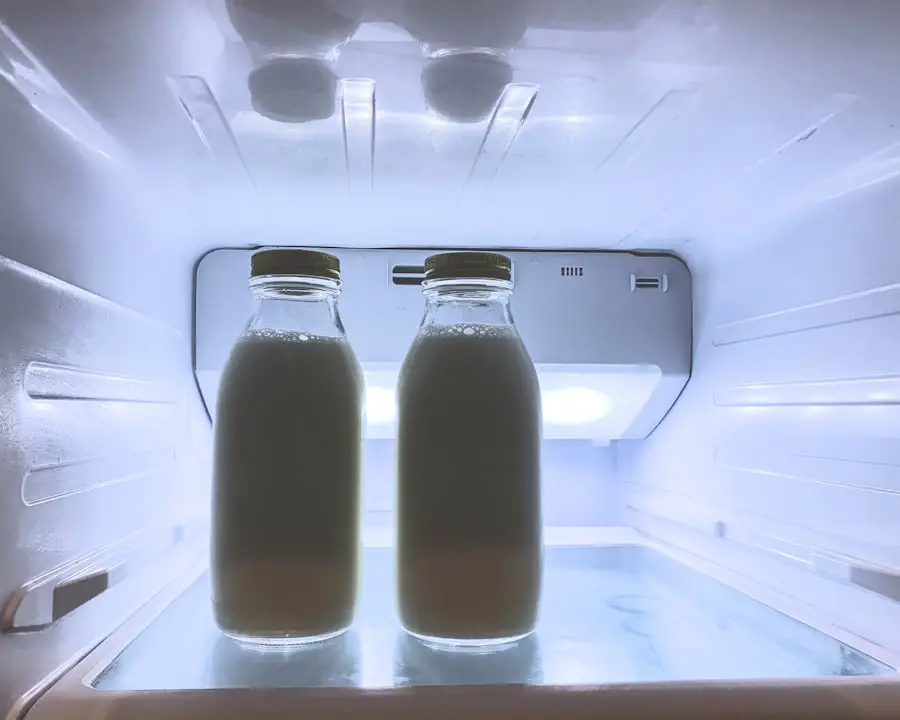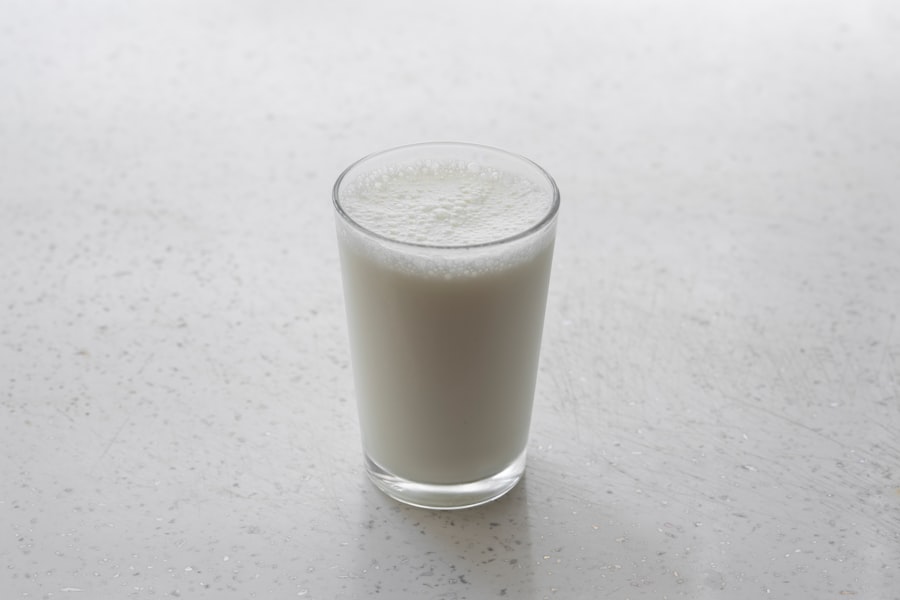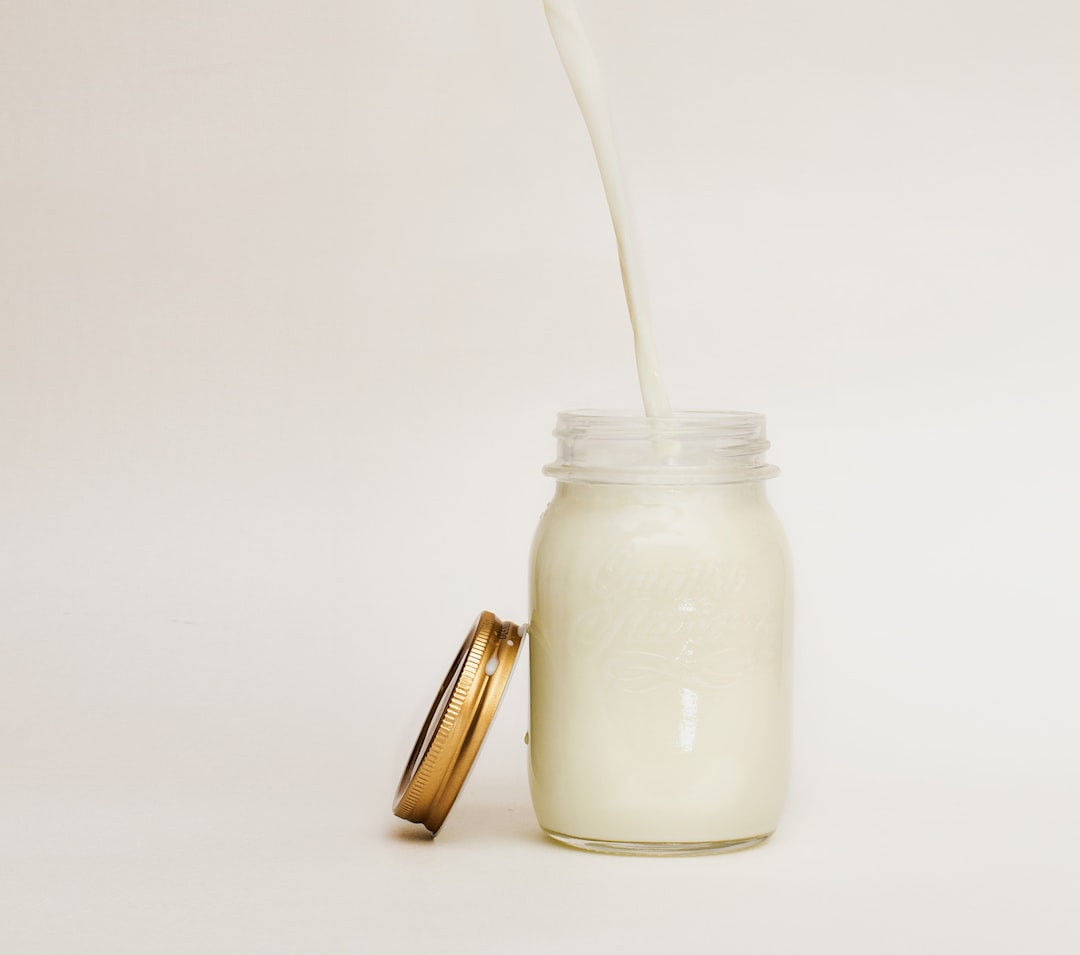Traveling with a baby can be both an exhilarating and daunting experience for parents. The excitement of exploring new places is often tempered by the logistical challenges of ensuring that the little one is comfortable, well-fed, and safe. Parents must navigate a myriad of considerations, from packing essentials to managing feeding schedules.
One of the most significant aspects of traveling with an infant is ensuring that they receive proper nutrition, which often includes cow milk for those who have transitioned to it. Understanding how to effectively transport cow milk can make a significant difference in the overall travel experience. When planning a trip, parents must consider the age and dietary needs of their baby.
For infants who are no longer exclusively breastfeeding or formula-fed, cow milk becomes an important part of their diet. However, transporting cow milk requires careful planning to maintain its freshness and safety. This article will delve into the benefits of carrying cow milk while traveling, how to choose the right container, tips for storage, preparation methods, safety precautions, and alternatives for parents who may prefer not to carry cow milk.
Key Takeaways
- Traveling with a baby can be challenging, but with the right preparation, it can be a rewarding experience for both parents and the baby.
- Carrying cow milk while traveling can provide a familiar and nutritious option for the baby, especially when other options may not be readily available.
- Choosing the right container for cow milk is crucial to ensure that it stays fresh and safe for consumption during the journey.
- Storing cow milk properly while traveling is essential to maintain its quality and prevent spoilage.
- Preparing cow milk for travel involves taking into consideration factors such as temperature, duration of the journey, and the baby’s feeding schedule.
Benefits of Carrying Cow Milk while Traveling
Nutritional Value on the Go
Cow milk is rich in essential nutrients such as calcium, vitamin D, and protein, which are crucial for a growing child’s development. Having a reliable source of nutrition readily available can help ensure that their baby receives the necessary sustenance without relying solely on snacks or less nutritious options.
Comfort and Familiarity in Unfamiliar Environments
Cow milk can provide comfort and familiarity for babies in unfamiliar environments. Traveling can be overwhelming for infants, and having a consistent food source can help ease anxiety and promote a sense of normalcy.
Maintaining Feeding Schedules and Reducing Anxiety
For many babies, the taste and texture of cow milk are comforting, making it easier for them to adapt to new surroundings. This familiarity can also help maintain regular feeding schedules, which is essential for both the baby’s well-being and the parents’ peace of mind.
Choosing the Right Container for Cow Milk

Selecting the appropriate container for transporting cow milk is crucial to ensure its safety and freshness during travel. Parents have several options available, each with its own set of advantages and disadvantages. One popular choice is insulated bottles, which are designed to keep liquids at a stable temperature for extended periods.
These bottles often come with double-walled construction and vacuum insulation, making them ideal for maintaining the cold temperature of cow milk. Another option is pre-packaged cartons or pouches of cow milk. These containers are convenient as they are lightweight and often come with resealable tops, making them easy to use on the go.
However, it’s essential to check the expiration dates and ensure that they are stored properly before consumption. For longer trips, parents might consider using a combination of both insulated bottles for immediate use and pre-packaged options for backup supplies.
Tips for Storing Cow Milk while Traveling
| Storage Method | Duration | Tips |
|---|---|---|
| Insulated Cooler with Ice Packs | Up to 24 hours | Ensure the milk is well chilled before placing it in the cooler. |
| Refrigerator at Destination | Up to 3 days | Transfer the milk to the refrigerator as soon as possible upon arrival. |
| Freezer at Destination | Up to 3 months | Use a freezer-safe container and thaw in the refrigerator when ready to use. |
Proper storage of cow milk during travel is vital to prevent spoilage and ensure that it remains safe for consumption. One effective strategy is to keep cow milk refrigerated until it’s time to leave for the trip. If traveling by car, parents should utilize coolers with ice packs to maintain a low temperature throughout the journey.
It’s advisable to place the cow milk at the bottom of the cooler, as this area tends to stay colder longer. For air travel, parents should be aware of airline regulations regarding liquids. Most airlines allow passengers to carry liquids in containers of 3.4 ounces (100 milliliters) or less in carry-on luggage.
Therefore, it may be beneficial to transfer cow milk into smaller containers that comply with these regulations. Additionally, packing cow milk in a thermal bag can help maintain its temperature during transit through security checks and while waiting at the gate.
Preparing Cow Milk for Travel
Preparing cow milk for travel involves several steps to ensure that it remains fresh and safe for consumption. First and foremost, parents should check the expiration date on any store-bought cow milk before packing it for their trip. If using fresh cow milk from home, it’s best to pour it into clean, sterilized containers to minimize contamination risks.
This preparation step is particularly important if traveling with an infant who has a sensitive digestive system. Once the cow milk is securely packed in its container, parents should consider pre-chilling it before departure. This can be done by placing the container in the refrigerator overnight or using ice packs in a cooler bag just before leaving home.
Additionally, if traveling by air, it’s wise to pack cow milk in a way that allows for easy access during the journey. This means placing it in an easily reachable compartment of a diaper bag or carry-on luggage so that it can be retrieved quickly when needed.
Safety Precautions for Carrying Cow Milk

Temperature Control
Cow milk should ideally be kept at or below 40°F (4°C) to prevent bacterial growth.
Hygiene Practices
Another important safety measure involves being vigilant about hygiene practices when handling cow milk. Parents should wash their hands thoroughly before preparing or serving milk to their baby. If using bottles or containers that have been previously used, they should be cleaned and sterilized properly before filling them with fresh cow milk.
Signs of Spoilage
Additionally, if there are any signs of spoilage—such as an off smell or unusual texture—parents should err on the side of caution and discard the milk rather than risk their baby’s health.
Alternatives to Cow Milk for Traveling
While cow milk is a popular choice for many parents traveling with babies, there are several alternatives available that may better suit individual dietary needs or preferences. For instance, fortified plant-based milks such as almond, soy, or oat milk can serve as substitutes for those who prefer non-dairy options or have lactose intolerance issues. These alternatives often come fortified with essential vitamins and minerals similar to those found in cow milk.
Another option is lactose-free cow milk, which provides the same nutritional benefits without causing digestive discomfort for lactose-intolerant infants. Additionally, some parents may choose to carry ready-to-drink formula designed specifically for infants who are transitioning away from breastfeeding or formula feeding but are not yet ready for whole cow milk. These formulas are designed to meet babies’ nutritional needs while being convenient for travel.
Conclusion and Final Tips for Traveling with Cow Milk
Traveling with cow milk requires careful planning and consideration but can be managed effectively with the right strategies in place. Parents should prioritize choosing appropriate containers that maintain temperature and safety while also considering their baby’s dietary needs when selecting between cow milk and alternatives. Proper storage techniques and preparation methods will help ensure that cow milk remains fresh throughout the journey.
In addition to these practical tips, parents should remain flexible during their travels. Babies can be unpredictable, and feeding schedules may need to be adjusted based on travel delays or changes in routine. Being prepared with backup options—such as pre-packaged alternatives—can alleviate stress during unexpected situations.
Ultimately, with thoughtful planning and attention to detail, traveling with cow milk can be a smooth experience that allows families to enjoy their adventures together without compromising their baby’s nutritional needs.
If you are planning a trip with your baby and need to carry cow milk while traveling, it is important to have the right gear to ensure the milk stays fresh and safe for consumption. One essential item to consider is a high-quality insulated cooler bag. This article on
